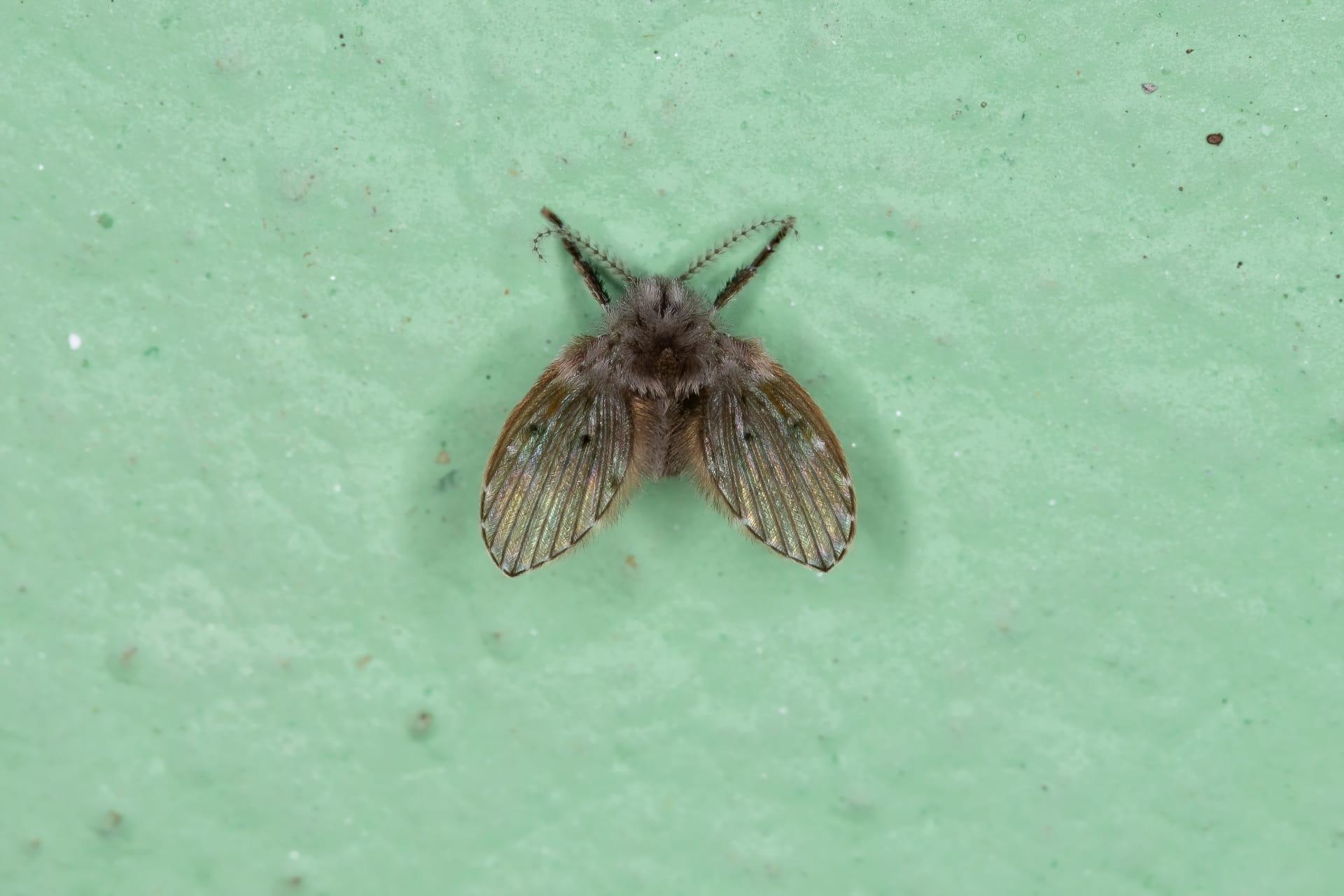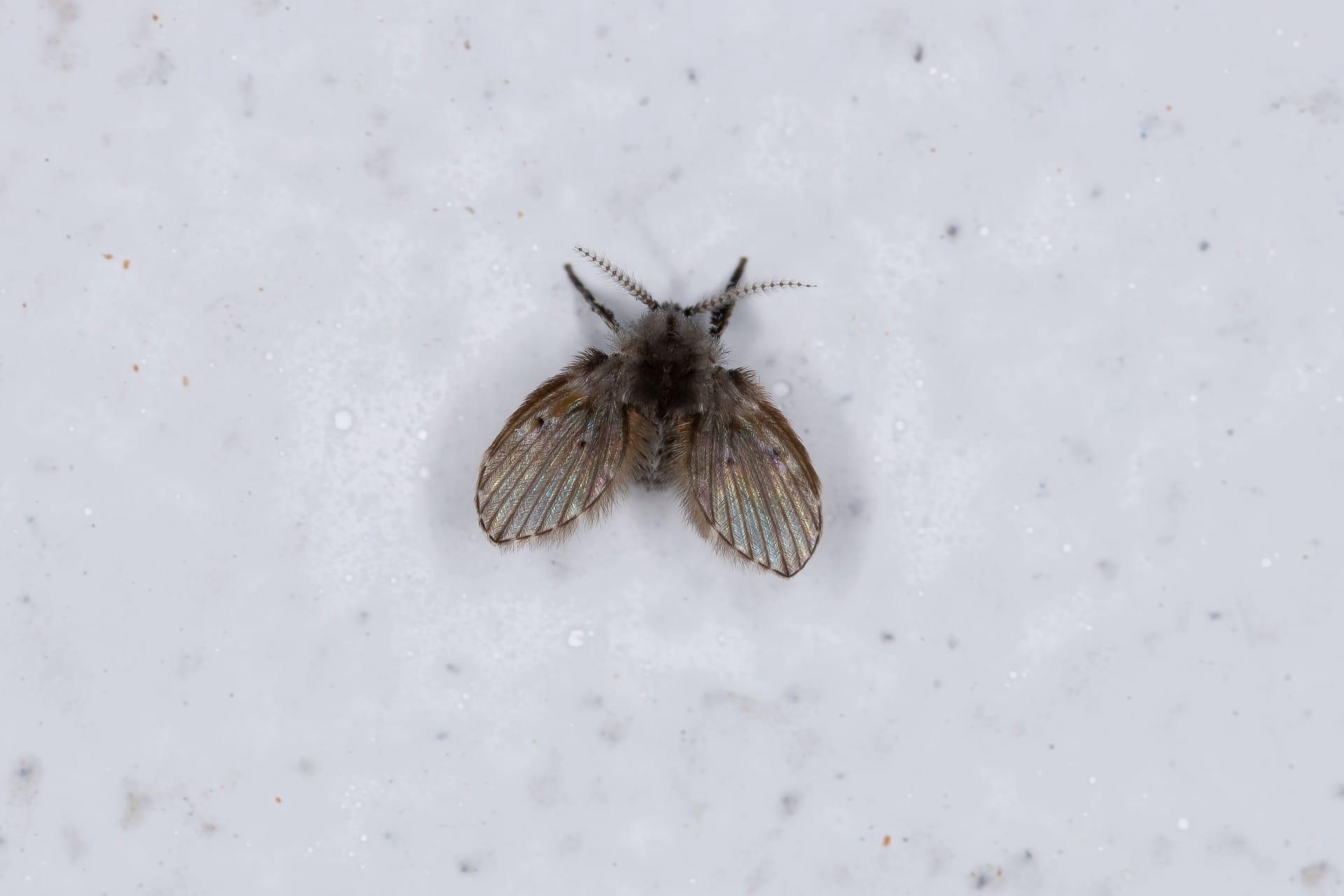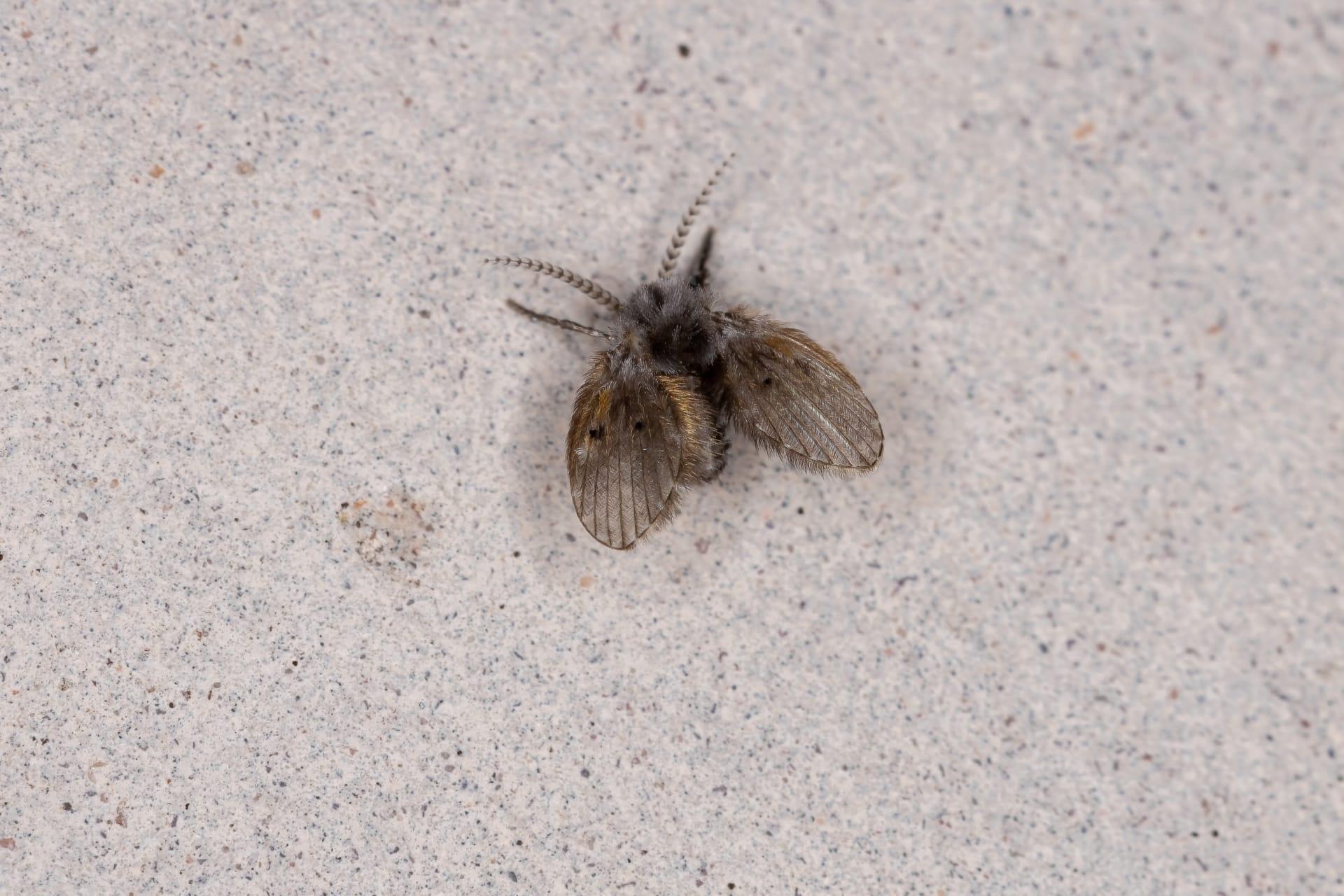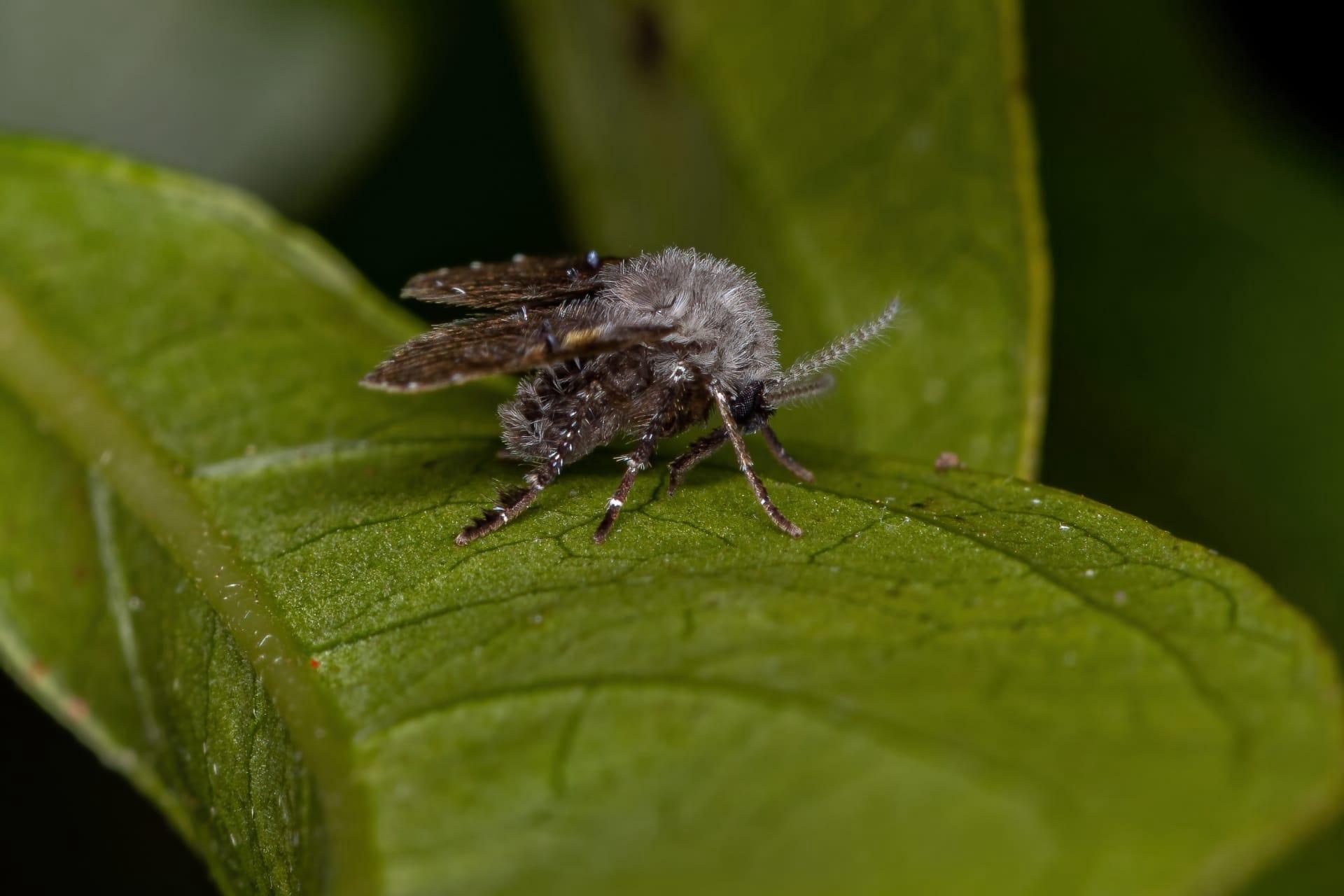Drain Fly
- Home /
- Mini Encyclopedia /
- Animal /
- Drain Fly
1
The Drain Fly, scientifically known as Psychoda alternata, belongs to the family Psychodidae. These tiny, non-biting flies are characterized by their unique moth-like appearance, with wings covered in a dense coat of hairs. Adult Drain Flies typically measure about 1/16 to 1/4 inch in length. Their body color ranges from gray to a dusky brown, making them easily recognizable. This distinct appearance, coupled with their peculiar wing structure, sets them apart from other common household flies.
Drain Flies are found globally, thriving in moist environments rich in organic materials. They are particularly prevalent in urban areas, often spotted in and around drains, sewers, septic tanks, and dirty garbage bins. These flies are not just confined to human habitations; they are also found in natural wet habitats like streams and wetlands. Their widespread distribution can be attributed to their adaptability and ability to exploit a variety of organic decaying materials for breeding.

2
Question: Are Drain Flies harmful to humans or pets?
Answer: Despite their unsettling presence in homes, Drain Flies pose no direct harm to humans or pets. They do not bite or transmit diseases. However, their presence can indicate unsanitary conditions, as they breed in stagnant water and organic debris. In large numbers, they can become a nuisance, potentially triggering allergies in sensitive individuals. The key to controlling Drain Fly populations is maintaining clean and dry conditions in potential breeding sites, such as drains and moist areas.

3
Drain Flies have developed a unique survival strategy that revolves around their breeding sites. The larvae of Drain Flies are aquatic and thrive in slimy, stagnant water rich in organic material. They possess adaptations like siphon tubes for breathing, enabling them to survive in low-oxygen environments found in drains and sewers. This adaptation allows them to exploit habitats that are unsuitable for many other organisms.
Another aspect of their survival strategy is their short life cycle. An adult Drain Fly typically lives for about two weeks, with females laying 30 to 100 eggs in their short lifespan. This rapid reproduction cycle ensures the quick establishment of new generations, making Drain Flies remarkably resilient in their preferred habitats.

4
In the ecosystem, Drain Flies play a role as decomposers. They contribute to the breakdown of organic materials in their larval stage, aiding in the recycling of nutrients back into the ecosystem. This process is vital for maintaining the ecological balance, especially in wet and decaying environments.
Additionally, Drain Flies serve as a food source for a variety of predators, including spiders, frogs, and birds. This positions them as an integral part of the food web, linking the decomposition process to higher trophic levels in the ecosystem. Their presence, therefore, supports biodiversity, contributing to the health and stability of their habitats.

5
Film: "The Secret World of Drain Flies" is a documentary produced in the United States in 2020. This film explores the hidden life of Drain Flies, delving into their habitats, lifecycle, and ecological role. It provides a captivating insight into these often-overlooked creatures, highlighting their significance in urban and natural ecosystems.
Book: "Fly High: The Unsung Heroes of Urban Ecology," authored by Dr. Linda Harmon, was published in the United Kingdom in 2021. This book offers an in-depth exploration of various urban insect species, with a significant focus on Drain Flies. Dr. Harmon discusses their ecological importance, life cycle, and the challenges they face in rapidly changing urban environments.
Book: "Insects of the City: A Guide to Urban Entomology," written by Mark Eastwood and published in Australia in 2019, provides a comprehensive guide to understanding urban insects, including a detailed chapter on Drain Flies. Eastwood blends scientific facts with engaging narratives, making it an informative yet accessible read for anyone interested in urban ecology and insect life.